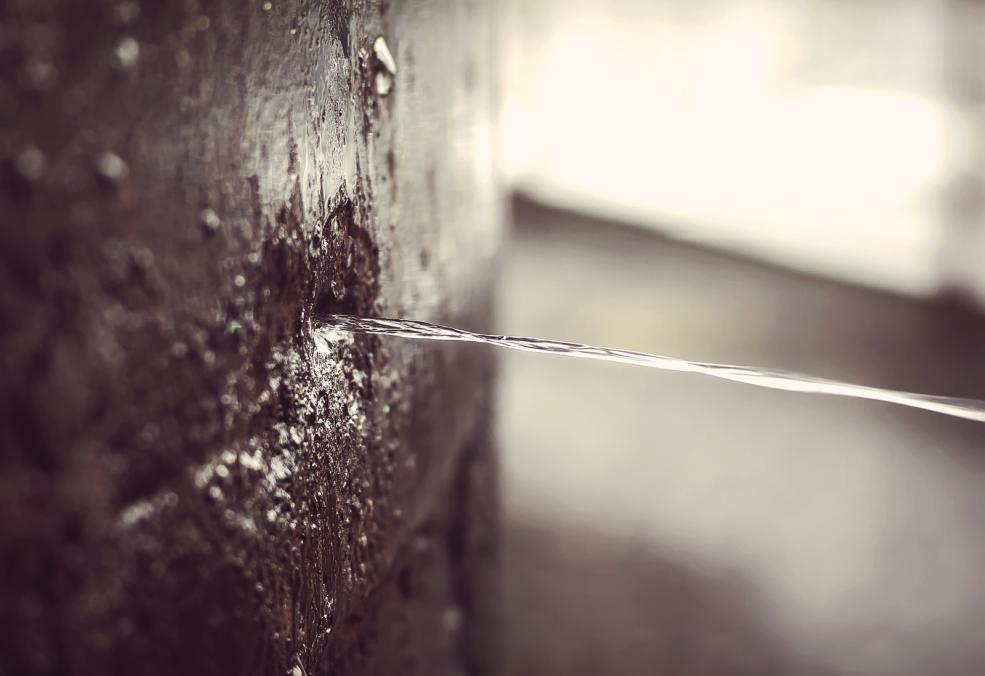Exactly how to Inspect If Your House Has a Surprise Leakage
Exactly how to Inspect If Your House Has a Surprise Leakage
Blog Article
Have you been trying to locate answers on Detecting hidden plumbing leaks?

The minute you discover a leak, calling your plumber for fixings is the very best option. Nonetheless, some little water leaks might not be visible. If you can not spot it with your nude eyes, right here are some hacks that help.
Early discovery of leaking water lines can minimize a potential calamity. Aside from conserving you cash, it will minimize the aggravation as well as frustration.
Inspect Water Intake
If you find sudden changes, despite your intake being the exact same, it implies that you have leaks in your plumbing system. An abrupt spike in your costs shows a fast-moving leak.
A consistent increase every month, even with the very same practices, shows you have a slow-moving leak that's likewise gradually escalating. Call a plumber to completely examine your building, particularly if you really feel a warm area on your flooring with piping below.
Examine and also Examine the Situation
Home owners ought to make it a behavior to inspect under the sink counters and also even inside cupboards for any kind of bad odor or mold growth. These 2 red flags indicate a leakage so punctual attention is needed. Doing regular inspections, even bi-annually, can save you from a significant problem.
Analyze the Water Meter
Every home has a water meter. Examining it is a proven way that helps you discover leaks. For starters, turn off all the water sources. Make sure nobody will certainly purge, utilize the faucet, shower, run the washing device or dishwashing machine. From there, go to the meter and also watch if it will certainly transform. Considering that nobody is using it, there need to be no activities. If it relocates, that suggests a fast-moving leak. Likewise, if you detect no changes, wait a hr or two and also inspect back again. This means you may have a sluggish leak that can even be below ground.
Asses Exterior Lines
Don't forget to examine your exterior water lines as well. Needs to water permeate out of the connection, you have a loosened rubber gasket. One little leak can lose tons of water as well as surge your water expense.
Do a Food Coloring Examination
When it comes to water usage, 30% originates from commodes. Examination to see if they are running correctly. Decline flecks of food shade in the container and wait 10 minutes. If the color somehow infiltrates your dish throughout that time without flushing, there's a leakage in between the storage tank and bowl.
Inspect for stainings and damaging as a lot of pipelines and also appliances have a life span. If you think leaking water lines in your plumbing system, don't wait for it to rise.
The minute you discover a leak, calling your plumber for repairs is the ideal option. Some small water leaks might not be visible. Checking it is a proven method that assists you uncover leaks. One little leak can waste bunches of water as well as spike your water expense.
If you suspect dripping water lines in your plumbing system, don't wait for it to intensify.
How to Know If Your Home Has a Hidden Leak
Water Meter Reveals Inexplicable Water Usage
If you’d like to test whether or not there’s a leak somewhere in your home, you can do this using your water meter. Here is how to conduct the test:
Don’t use any water in your home for at least 30 minutes; this also means not turning on faucets or water-using appliances.
Go outside, and check your water meter for activity.
If your water meter shows that there was activity, even though no one was using any water, this proves that there is a leak in your home.Visible Mold or Mildew Growth
Leaks behind walls create moist, dark environments that allow mold and mildew to grow and thrive. Eventually, you might see mold growth forming on the wall closest to a hidden leak.
If mold is growing in an area that receives a high amount of moisture, such as a bathroom, it may simply be an indication that better ventilation is needed. However, if you see mold growth on a wall or the ceiling in an area where you would not expect, you probably have a hidden leak.
Musty, Mildew Odor
Sometimes you might not be able to see the mold or mildew that is growing as a result of a leak. However, the smell can give the problem away just as easily. If you catch a whiff of something musty, there’s a good chance that old water is collecting somewhere in your home that you can’t see.
Stained/Warped Walls, Ceilings, or Floors
When your home soaks up water, a variety of red flags can become visible, including ceiling stains, bubbling drywall, warped walls, and sagging floors. While these issues can be caused by excess humidity, they can also be signs that a pipe or plumbing connection has started leaking behind your walls.
Inexplicably High Water Bill
After a while, you get a general sense for what your water bill should be. If you own a pool or sprinkler system, your bill will tend to be higher during summer. However, if you receive a water bill that seems especially high, and you can’t figure out what caused it, then you may have a hidden leak somewhere that’s increasing your bill.
https://www.plumbingjoint.com/blog/2019/july/how-to-know-if-your-home-has-a-hidden-leak/

I ran across that blog post on Leaking water lines while doing a search on the internet. If you enjoyed reading our blog entry please remember to pass it around. I take joy in reading our article about Top leak detection hacks.
Report this page